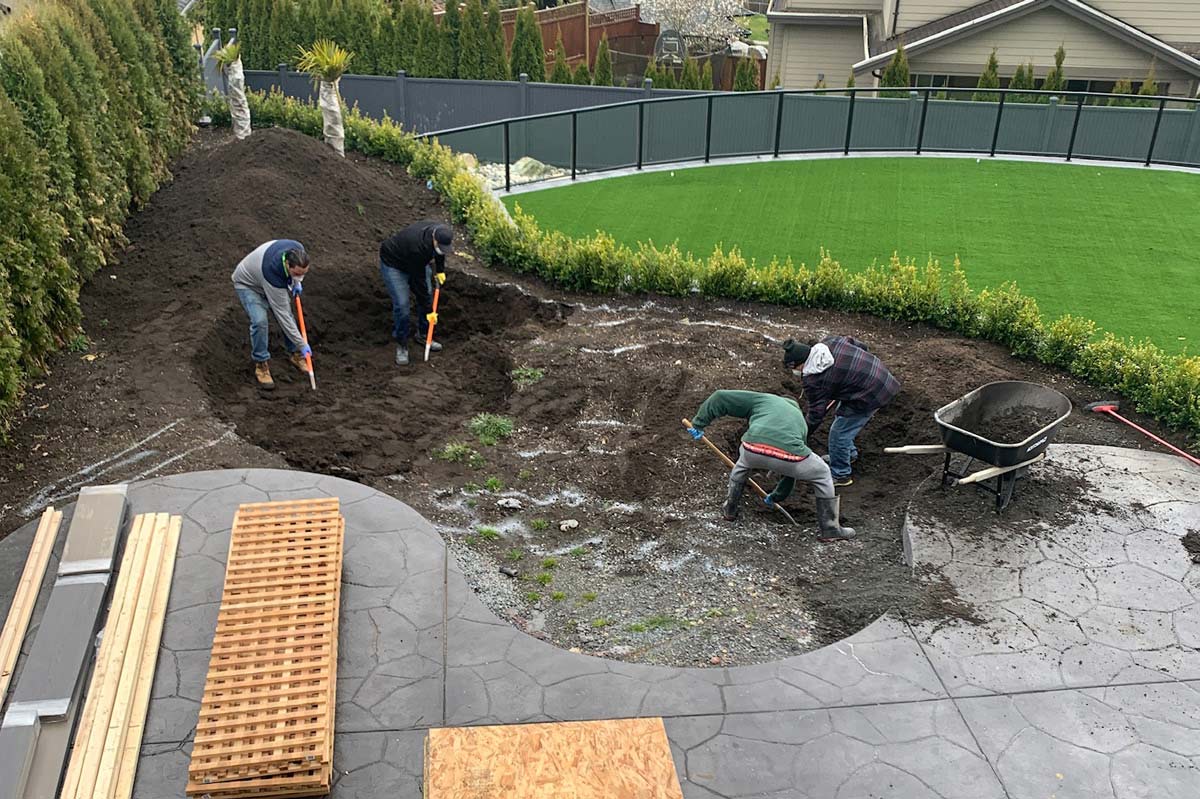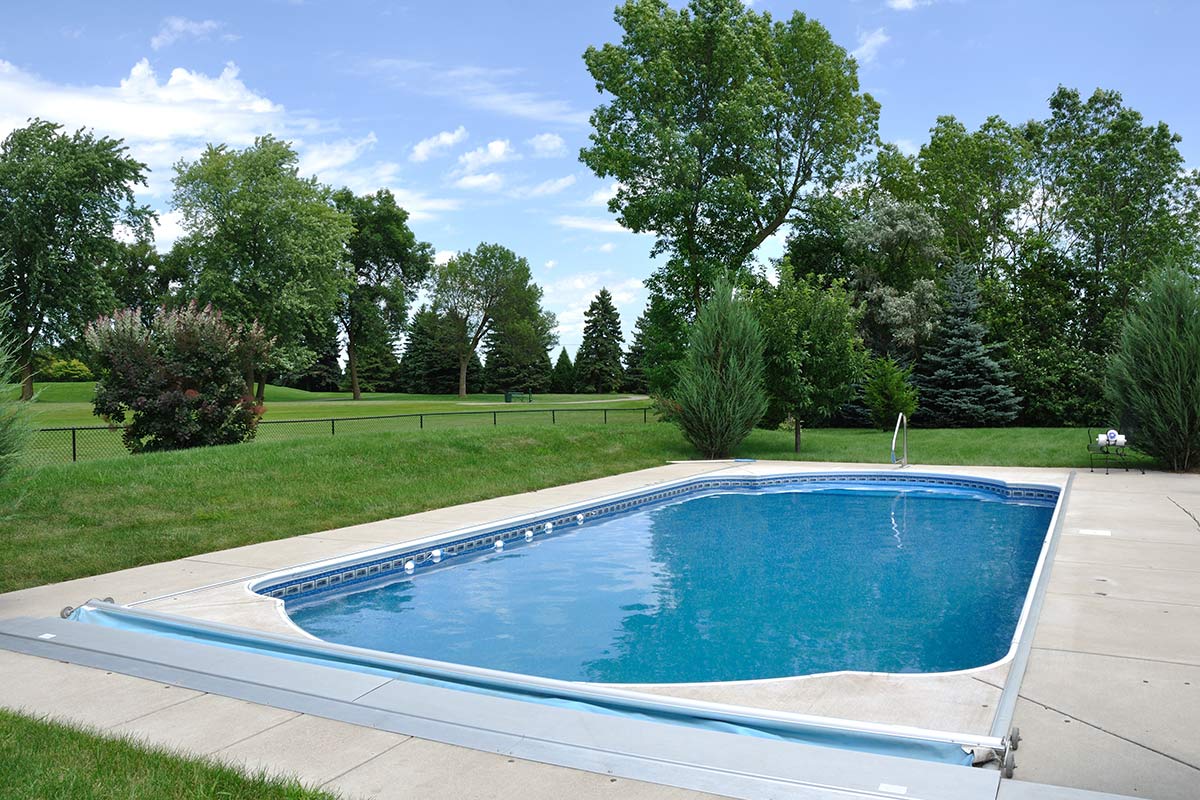HOT TUB SAFETY FOR FAMILIES
Here’s how to keep adults, kids and pets safe in and around a hot tub.
A hot tub, like a swimming pool, has its own set of hazards. Overheating, electrical shock, infections, and, most importantly, drowning are all possible problems.
Hot Tub Safety Tips for Kids
- Keep infants and toddlers out. Because their skin is so thin, young children are highly vulnerable to heatstroke. Any toilet mishaps they have will immediately contaminate the hot tub too. Children under the age of three are not permitted in the tub. Children who can stand on the bottom of the bath with their head completely above water should be allowed in.
- Limit how long kids stay in. Limiting youngsters’ tub time to five minutes when the optimum temperature is 104 degrees F. If the temperature is 98 F or lower, kids can bathe for up to 15 minutes, but it’s still recommended that they don’t go beyond waist depth.
- Never leave them alone. When children are in or near any sort of water, supervise them at all times. Create a “Water Watcher,” someone who is solely responsible for the kids’ safety. The Water Watcher should devote all of their attention to supervising, thus no reading, texting, or playing on a phone while on duty, you are the lifeguard now. Finally, any adult in charge should be able to perform CPR on children and adults in case of an emergency.
- Install drain covers. Install drain covers or grates over drains and suction outlets. They stop entrapment of kids’ limbs, hair, clothing and more that could lead to drowning. (It’s also a good idea to teach kids to avoid the drain area.)
Hot Tub Safety Tips for Pets
- Keep pets out. Pets may enjoy the water, but a hot tub is not a safe environment for them. One reason is that they quickly become overheated, which can lead to heatstroke or even death. There’s also the issue of drinking chlorinated water becoming ill. Finally, having animals in your hot tub isn’t sanitary.
- Secure the premises. To protect pets (as well as children) from using your hot tub, restrict access. To keep pesky rodents and kids away, install a locking cover, alarm, and barrier such as a self-closing, self-latching gate. It’s also vital to store any chemicals or cleaning agents out of reach to avoid poisoning incidents.
- Learn pet CPR. Accidents can still occur even if you do everything possible. As a result, it’s a good idea to learn how to perform canine and feline CPR in the case that your pet’s breathing stops after falling into water. The Red Cross provides classroom and online instruction on how to do dog and cat CPR.
General Hot Tub Safety Tips
- Keep it clean. Keep your hot tub clean by testing the pH (it should be between 7.4 and 7.6), alkalinity (between 80 and 120 ppm), calcium (between 150 and 250 ppm) and chlorine levels (at least three ppm) at least twice a week with tester strips. It might also be wise to get your hot tub drained. Don’t let more people in than the hot tub’s recommended capacity. And, of course, take a shower before getting in.
- Avoid alcohol. Alcohol dehydrates you, which is the last thing you need when you’re in a hot environment. Furthermore, because it dilates your blood vessels, it can also raise your body temperature to dangerous levels, causing you to faint and even drown. As a result of these factors, drink water instead of alcohol.
- Monitor the temperature. The Centers for Disease Control and Prevention recommends a maximum hot tub temperature of 104 F for healthy adults. However, 100 F is a comfortable but healthier temperature worth considering. Those with a medical condition should go even lower (and check in with their medical provider before using a hot tub). If you do not limit your tub time to 10 minutes, you will overheat the water.
Follow electrical safety guidelines. The National Fire Protection Agency has the following electrical safety recommendations:
- Install and maintain all electrical equipment in and around the tub.
- To prevent electric shock and electrocution, install a ground-fault circuit interrupter outlet or circuit breaker.
- Electrical cords, equipment, and appliances should be kept at least 6 feet away from water.
- When you’re damp, don’t touch electrical equipment.





 No products in the cart.
No products in the cart.